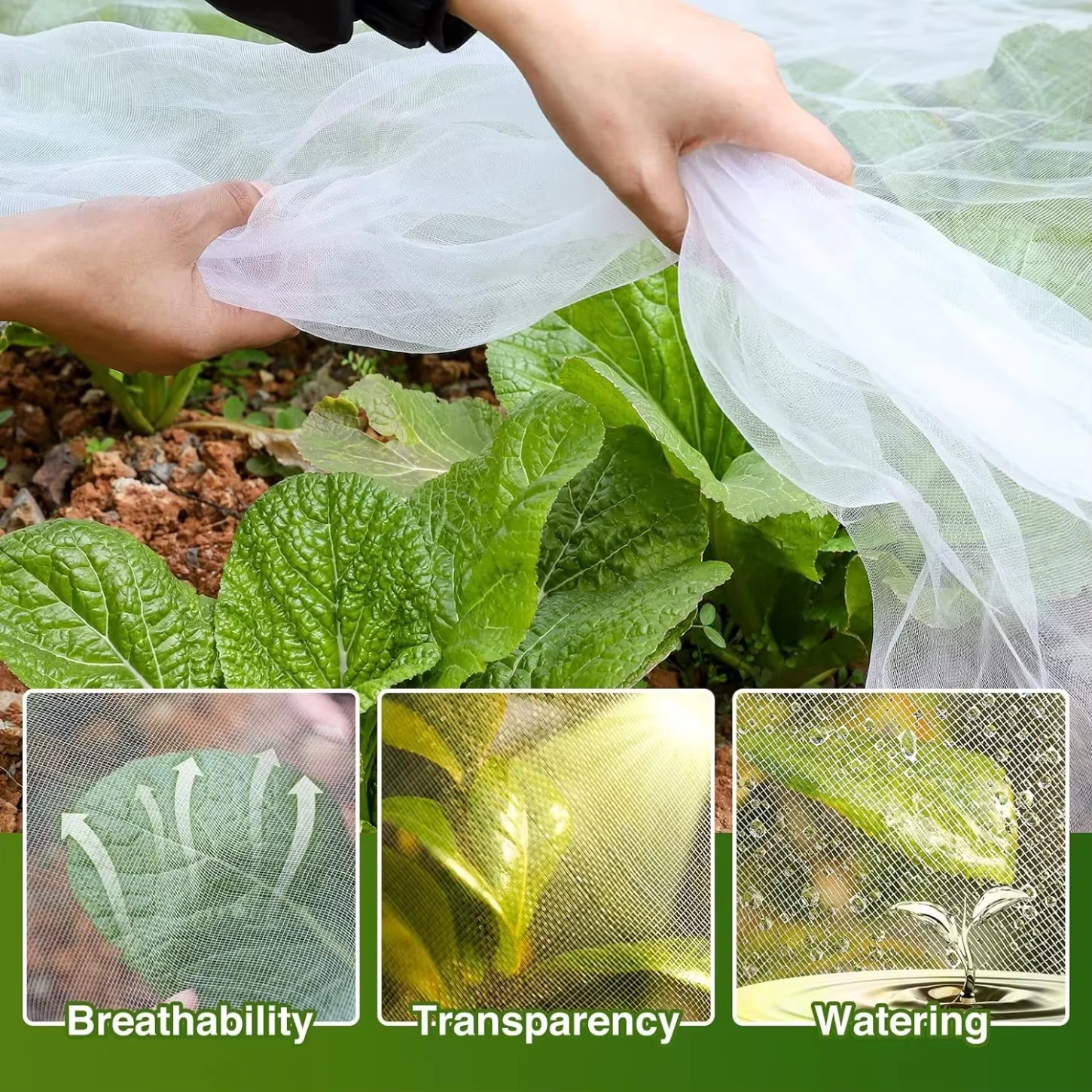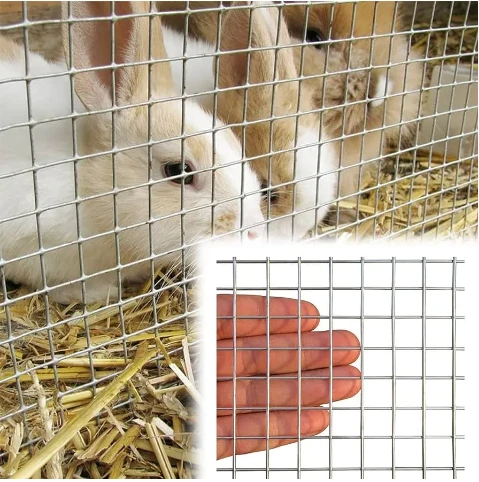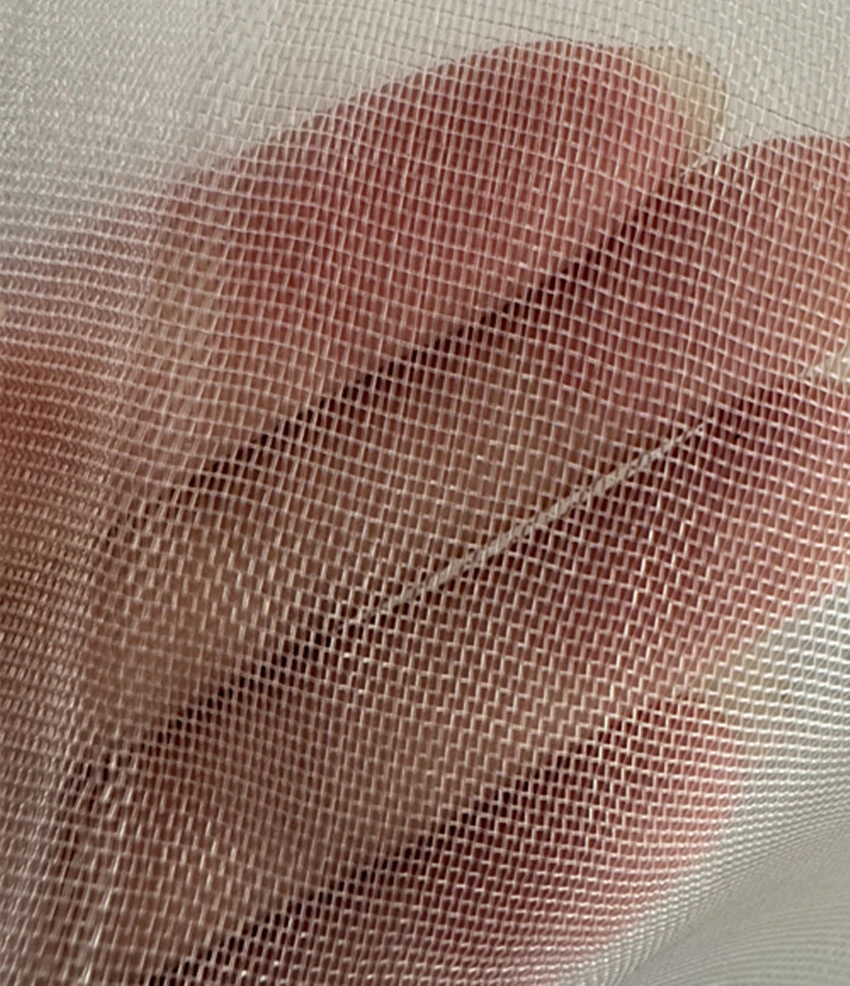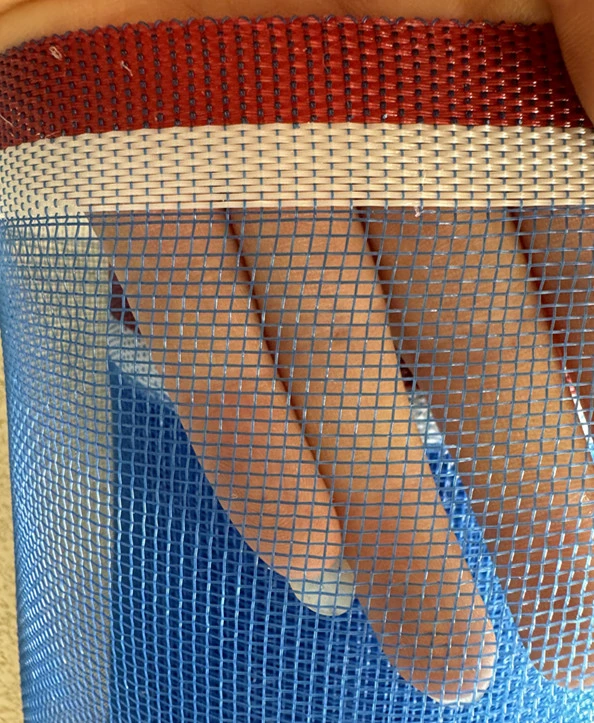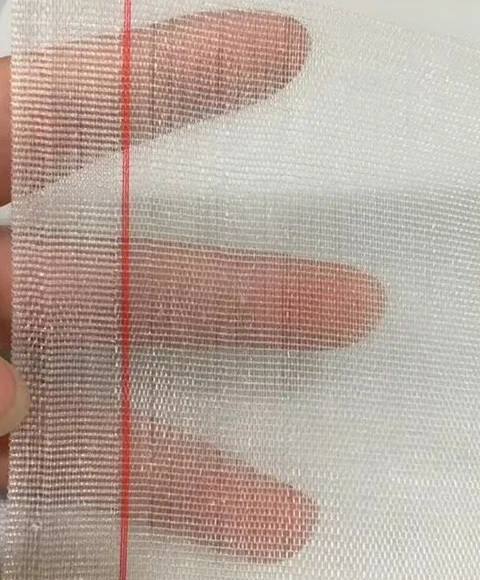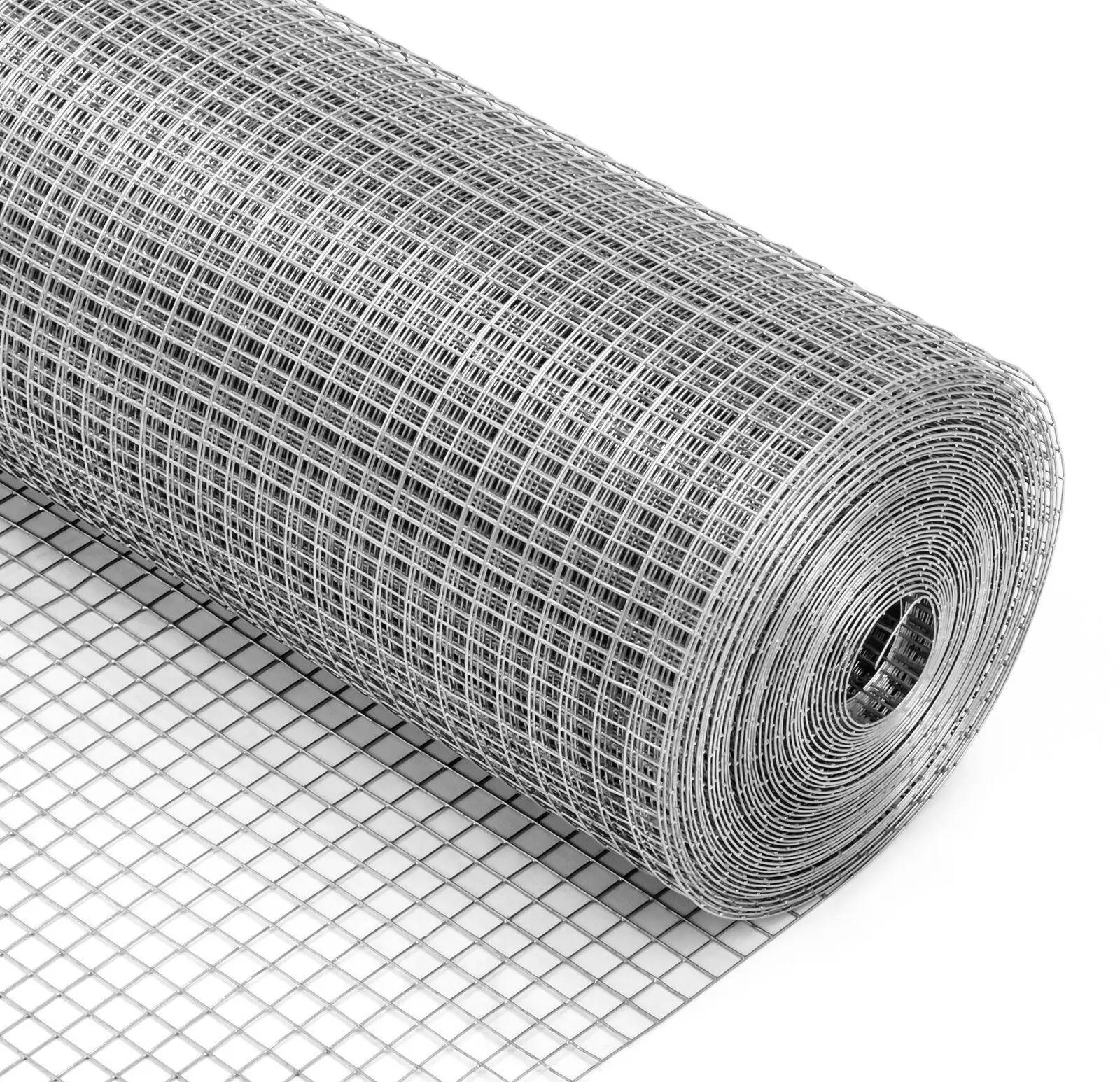-
 Afrikaans
Afrikaans -
 Albanian
Albanian -
 Amharic
Amharic -
 Arabic
Arabic -
 Armenian
Armenian -
 Azerbaijani
Azerbaijani -
 Basque
Basque -
 Belarusian
Belarusian -
 Bengali
Bengali -
 Bosnian
Bosnian -
 Bulgarian
Bulgarian -
 Catalan
Catalan -
 Cebuano
Cebuano -
 China
China -
 Corsican
Corsican -
 Croatian
Croatian -
 Czech
Czech -
 Danish
Danish -
 Dutch
Dutch -
 English
English -
 Esperanto
Esperanto -
 Estonian
Estonian -
 Finnish
Finnish -
 French
French -
 Frisian
Frisian -
 Galician
Galician -
 Georgian
Georgian -
 German
German -
 Greek
Greek -
 Gujarati
Gujarati -
 Haitian Creole
Haitian Creole -
 hausa
hausa -
 hawaiian
hawaiian -
 Hebrew
Hebrew -
 Hindi
Hindi -
 Miao
Miao -
 Hungarian
Hungarian -
 Icelandic
Icelandic -
 igbo
igbo -
 Indonesian
Indonesian -
 irish
irish -
 Italian
Italian -
 Japanese
Japanese -
 Javanese
Javanese -
 Kannada
Kannada -
 kazakh
kazakh -
 Khmer
Khmer -
 Rwandese
Rwandese -
 Korean
Korean -
 Kurdish
Kurdish -
 Kyrgyz
Kyrgyz -
 Lao
Lao -
 Latin
Latin -
 Latvian
Latvian -
 Lithuanian
Lithuanian -
 Luxembourgish
Luxembourgish -
 Macedonian
Macedonian -
 Malgashi
Malgashi -
 Malay
Malay -
 Malayalam
Malayalam -
 Maltese
Maltese -
 Maori
Maori -
 Marathi
Marathi -
 Mongolian
Mongolian -
 Myanmar
Myanmar -
 Nepali
Nepali -
 Norwegian
Norwegian -
 Norwegian
Norwegian -
 Occitan
Occitan -
 Pashto
Pashto -
 Persian
Persian -
 Polish
Polish -
 Portuguese
Portuguese -
 Punjabi
Punjabi -
 Romanian
Romanian -
 Russian
Russian -
 Samoan
Samoan -
 Scottish Gaelic
Scottish Gaelic -
 Serbian
Serbian -
 Sesotho
Sesotho -
 Shona
Shona -
 Sindhi
Sindhi -
 Sinhala
Sinhala -
 Slovak
Slovak -
 Slovenian
Slovenian -
 Somali
Somali -
 Spanish
Spanish -
 Sundanese
Sundanese -
 Swahili
Swahili -
 Swedish
Swedish -
 Tagalog
Tagalog -
 Tajik
Tajik -
 Tamil
Tamil -
 Tatar
Tatar -
 Telugu
Telugu -
 Thai
Thai -
 Turkish
Turkish -
 Turkmen
Turkmen -
 Ukrainian
Ukrainian -
 Urdu
Urdu -
 Uighur
Uighur -
 Uzbek
Uzbek -
 Vietnamese
Vietnamese -
 Welsh
Welsh -
 Bantu
Bantu -
 Yiddish
Yiddish -
 Yoruba
Yoruba -
 Zulu
Zulu
Exploring the Versatility and Applications of Nylon Netting in Various Industries
The Versatile World of Nylon Netting Applications and Benefits
Nylon netting, a durable and flexible material, has gained immense popularity in various industries due to its unique properties and versatility. Made from nylon fibers, this type of netting is known for its strength, resistance to wear and tear, and ability to withstand various environmental conditions. With a multitude of applications ranging from agriculture to construction, nylon netting offers solutions that enhance productivity, safety, and efficiency.
One of the primary uses of nylon netting is in the agricultural sector. Farmers often employ nylon nets for crop protection. These nets can serve as a physical barrier against pests, birds, and harsh weather conditions, thereby safeguarding crops and ensuring a better yield. Additionally, nylon netting can create shade structures or windbreaks, which protect delicate plants from extreme sunlight and high winds, facilitating optimal growth conditions. This ensures that farmers can provide healthy produce while minimizing the use of harmful pesticides.
Nylon netting is also widely used in aquaculture. Fish farmers utilize this material for constructing nets that enclose ponds and cages, protecting fish from predators while allowing water circulation. The strength and durability of nylon netting make it an ideal choice for maintaining the structural integrity of these enclosures, ensuring the safety and health of the aquatic life. Moreover, the netting’s resistance to rot and degradation in water enhances its longevity, making it a cost-effective option for fish farming operations.
In the construction industry, nylon netting plays a vital role in safety and support
. Construction sites often use nylon safety nets to catch falling debris, providing a protective barrier that minimizes the risk of injury to workers and passersby. These nets are exceptionally strong yet lightweight, meaning they can be easily installed, moved, and maintained. Additionally, nylon netting is employed as a containment net for scaffolding, helping to prevent tools and materials from falling during construction activities.nylon netting

Another significant application of nylon netting is in the sports and recreation sectors. It’s commonly used for creating nets for various sports, such as basketball, soccer, and tennis. The strength and resilience of nylon ensure that the nets can withstand high-impact activities while maintaining their shape and functionality. Furthermore, nylon netting is used in playgrounds and recreational areas for safety barriers, ensuring that children can play safely without the risk of falling into hazardous areas.
Beyond these applications, nylon netting is also utilized in the arts and crafts sector. Creative professionals often use it for decorative purposes, creating unique installations and designs. It provides an innovative medium for artists to explore textures and patterns that can enhance visual aesthetics.
Despite its extensive utility, choosing the right type of nylon netting is essential. Factors such as mesh size, thickness, and treatment (e.g., UV resistance or chemical treatment) play a critical role in determining the netting's effectiveness for specific applications. As sustainability becomes a growing concern, manufacturers are also exploring eco-friendly options, such as recycled nylon, that can further reduce environmental impact.
In conclusion, nylon netting is a multifaceted material that brings an array of benefits across various industries. Its strength, durability, and adaptability make it a preferred choice for agricultural protection, aquaculture, construction safety, sports applications, and artistic endeavors. As innovations continue to emerge, the potential applications for nylon netting are likely to expand even further, solidifying its role as an indispensable resource in our daily lives.
-
Shipping Plastic Bags for Every NeedNewsJul.24,2025
-
Safety Netting: Your Shield in ConstructionNewsJul.24,2025
-
Plastic Mesh Netting for Everyday UseNewsJul.24,2025
-
Nylon Netting for Every UseNewsJul.24,2025
-
Mesh Breeder Box for Fish TanksNewsJul.24,2025
-
Expanded Steel Mesh Offers Durable VersatilityNewsJul.24,2025




